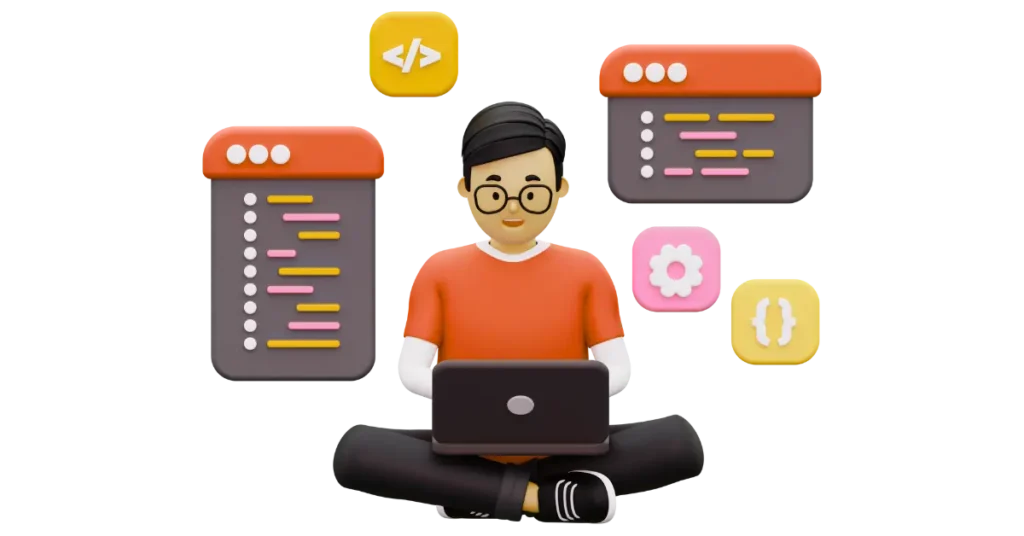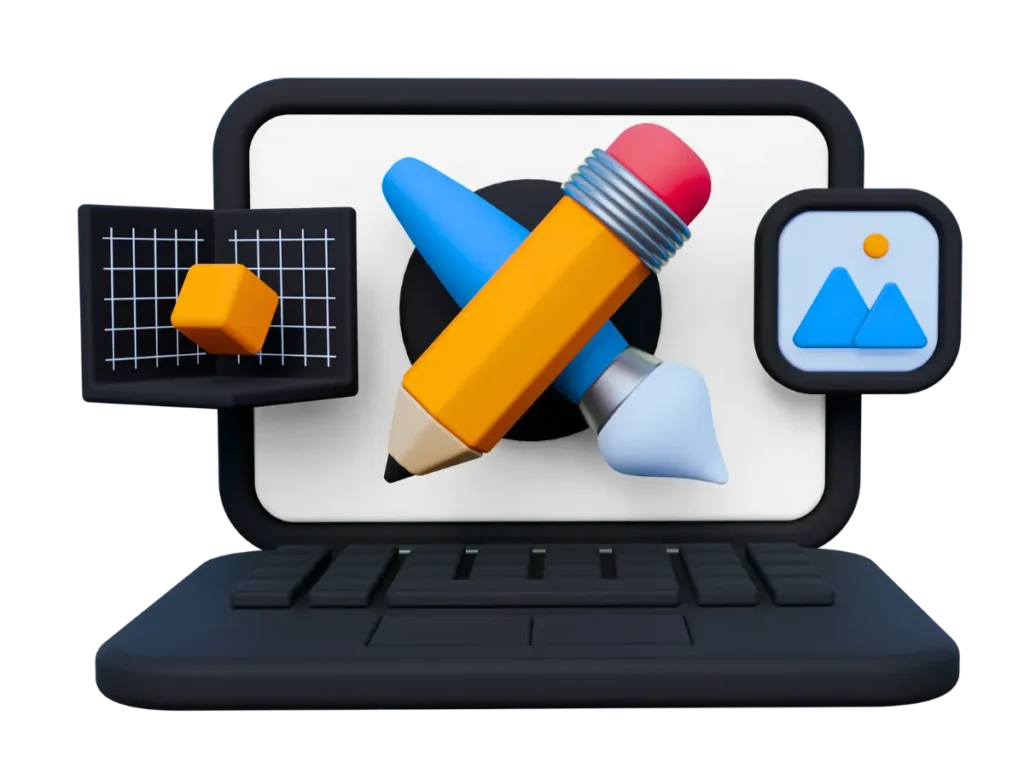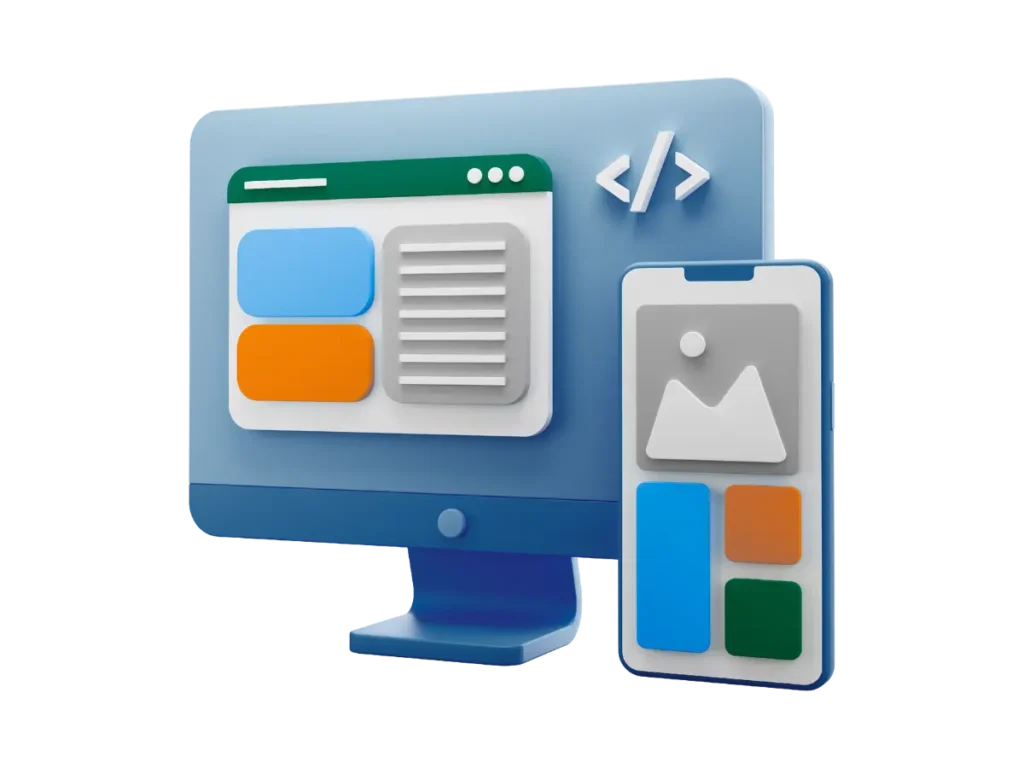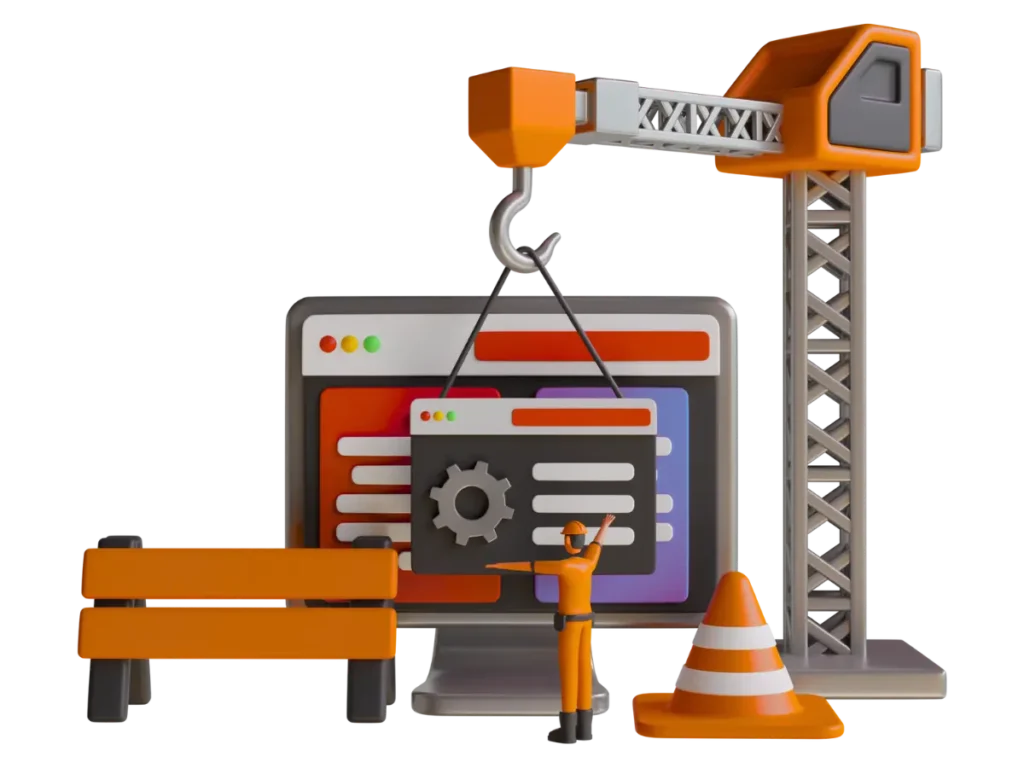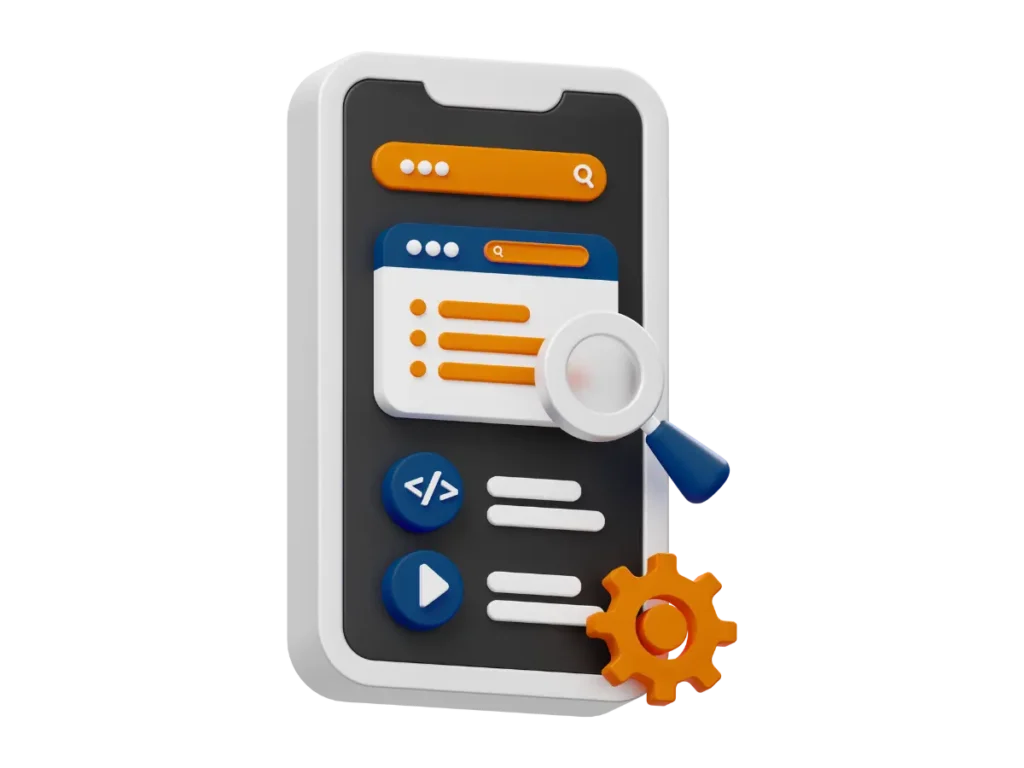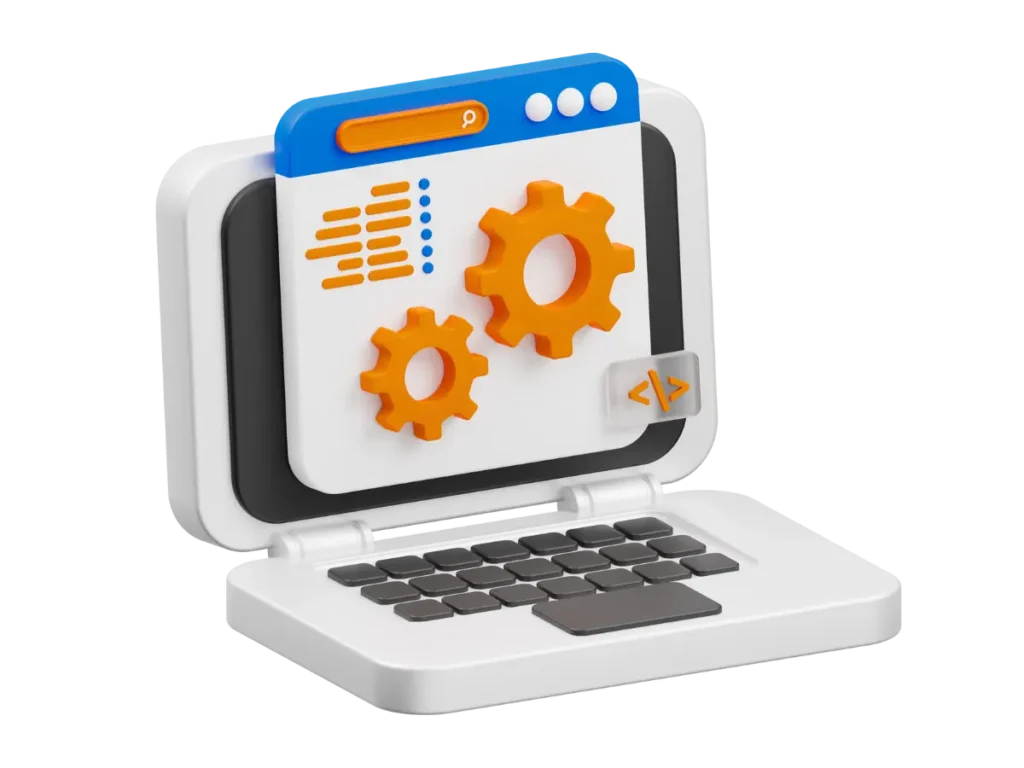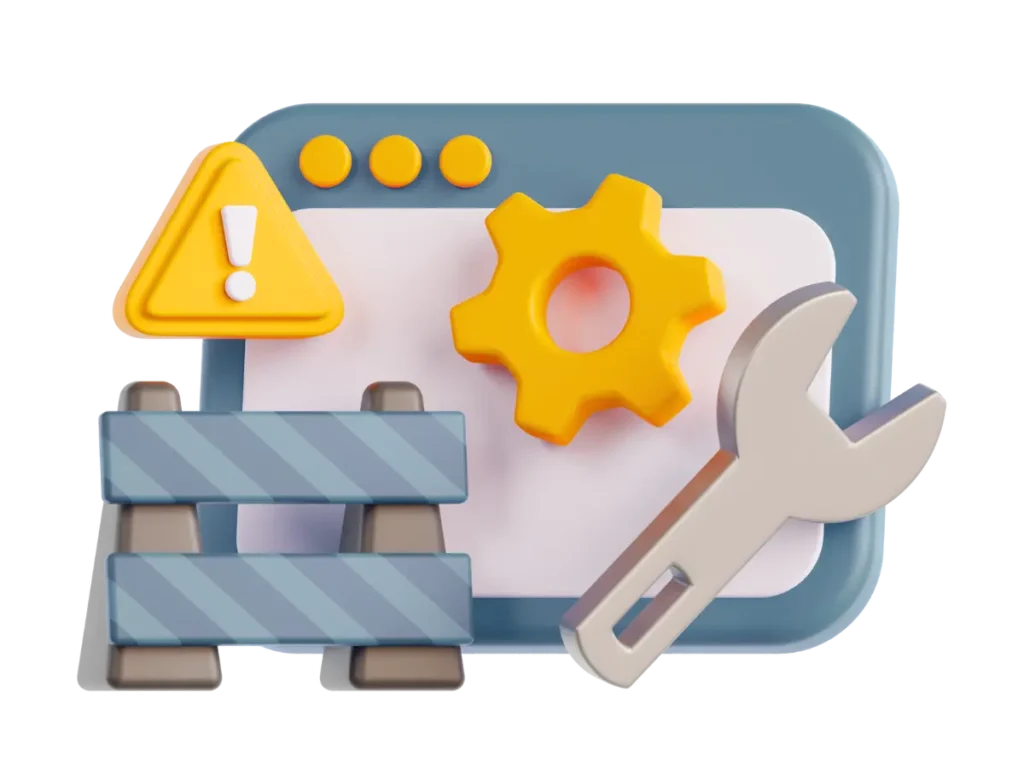1. Planning: The process begins with understanding your goals, for example your target audience, brand identity, and unique requirements.
2. Wireframing and Prototyping : Wireframing involves creating a basic skeletal structure of your website layout, outlining the placement of key elements such as navigation menus, content sections, and calls-to-action. Prototyping involves creating interactive mockups or prototypes to visualize the user interface and user experience (UI/UX) design.
3. Design Concept Development: Based on the wireframes and prototypes, our design team creates initial design concepts. That reflect your branding guidelines, visual preferences, and aesthetic preferences. This phase may involve multiple iterations and revisions until you approves the final design concept.
4. Visual Design: Once the design concept is approved. Our design team proceeds to develop the visual design of your website, including color schemes, typography, imagery, and graphic elements. Attention is paid to creating a cohesive and visually appealing design.
5. Front-End Development: Front-end development involves translating the visual design into code using HTML, CSS, and JavaScript. This process focuses on creating your user interface and implementing interactive elements such as navigation menus, sliders, forms, and animations.
6. Back-End Development : Our back-end developers work on server-side scripting, database management, and server communication to ensure the website’s functionality meets your requirements.
7. Responsive Web Development: We ensure your website looks and performs flawlessly on all devices with our responsive web development services. From desktops to smartphones, we’ll ensure your website adapts seamlessly to different screen sizes and resolutions, providing an optimal user experience for every visitor.
